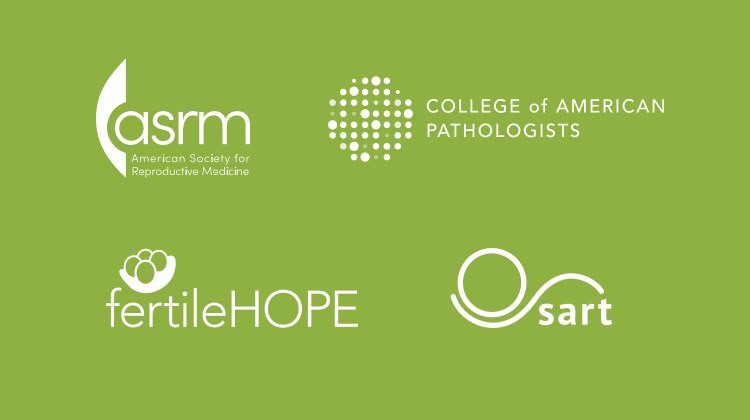Fertility Treatment Options: How Egg Freezing Works
Women seek fertility treatment options for a number of reasons. Among those who suffer from cancer or premature ovarian insufficiency, egg freezing has become more common in recent years. It is also useful for those who wish to align a pregnancy with professional or personal concerns.
Overview of Egg Freezing
Physicians often associate early infertility with cancer treatments like surgery, radiation or chemotherapy. They also sometimes link it to autoimmune conditions such as lupus and genetic disorders like Turner syndrome, according to the Medical College of Wisconsin. Doctors sometimes recommend egg freezing when vitro fertilization (IVF) alone fails.
Patients have options for retrieving eggs to be frozen when they visit fertility clinics in New York City. Some choose to create frozen embryos for future use via IVF. Others rely on egg donation. Another option is saving extra eggs retrieved as the result of IVF for possible fertilization later.
The National Center for Biotechnology Information reports that the success rates for transferring thawed embryos are similar to the rates for fresh embryos, provided those thawed remain intact. The result can be a pregnancy rate of 59 percent and a live birth rate of 26 percent.
What to Expect at a New York Fertility Clinic
The NYU Langone Medical Center indicates that egg freezing is usually a four-step process:
-
Patient education. At an orientation session, fertility clinic staff members teach patients about the process before beginning a treatment cycle. This includes how to administer medication, what to expect during an office visit, how egg retrieval occurs, and how the laboratory handles eggs.
-
Ovulation induction. During normal ovulation, ovaries release only one egg. This type of fertility treatment requires self-administering medications known as gonadotropins to produce numerous mature eggs during a cycle. Fertility specialists aim to retrieve as many as 25 eggs per attempted treatment to boost the chances of fertilization (if desired before freezing) and eventual pregnancy.
-
Egg retrieval. Once eggs are ready to be retrieved from the patient or a donor, it normally takes 10 minutes or less to harvest them. With the individual under mild sedation, the specialist uses ultrasound technology to gently suction eggs from the ovaries and place them in a sterile test tube. When they reach the lab, roughly 75 percent are sufficiently mature to freeze.
-
Laboratory cryopreservation. The first step is analysis of retrieved eggs for maturity. If the patient desires, mature eggs are fertilized with sperm to form an embryo. Staff members perform any requested pre-implantation genetic screening. They can also perform this screening after unfertilized eggs have been thawed. Once frozen, embryos or unfertilized eggs remain in that state until the patient desires to use them.
Some women opt to freeze both embryos and unfertilized eggs after discussing the benefits and drawbacks of each alternative with a fertility specialist.







